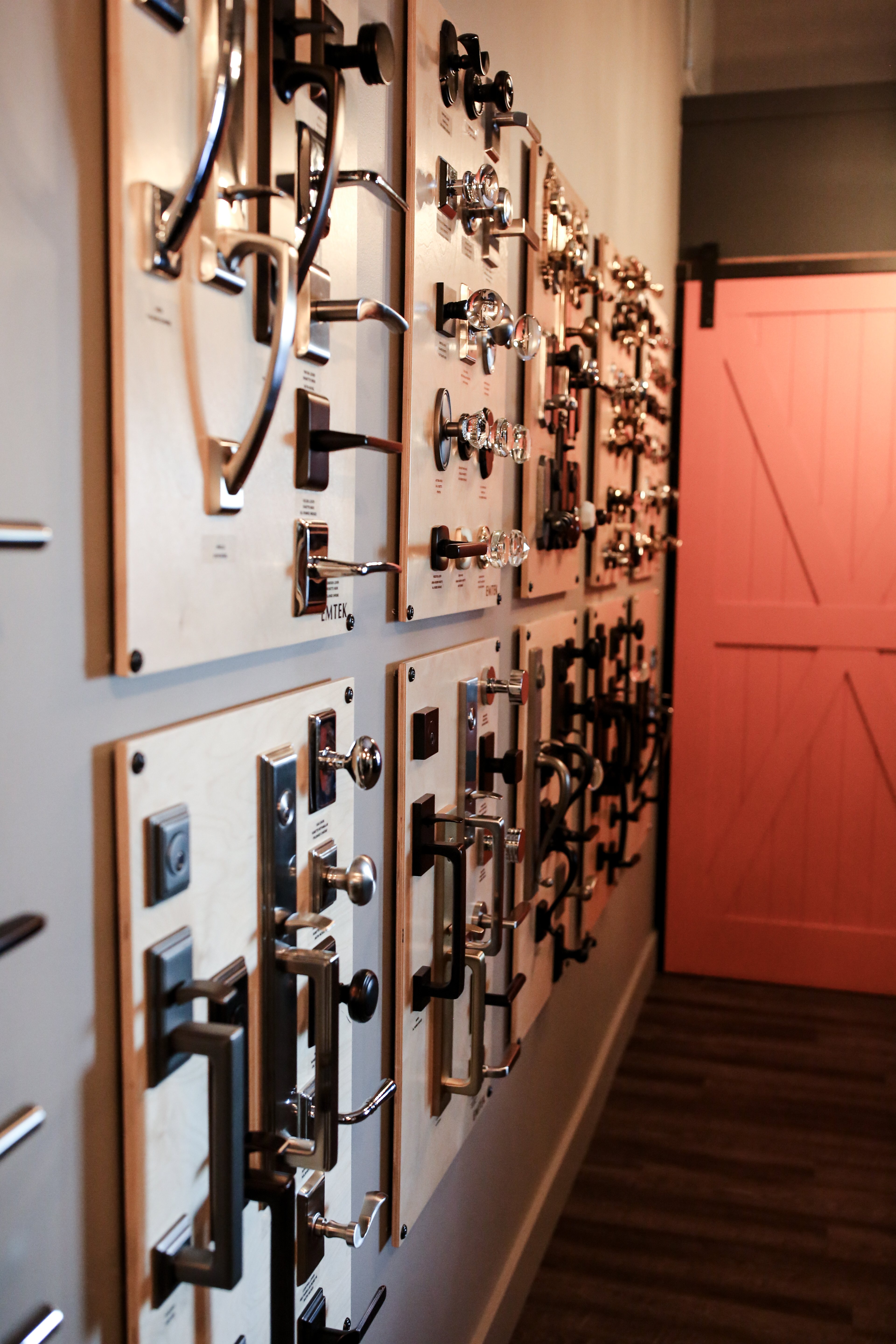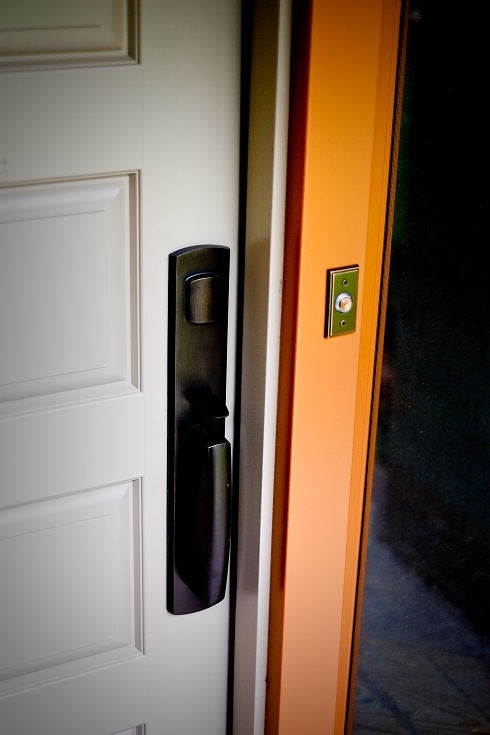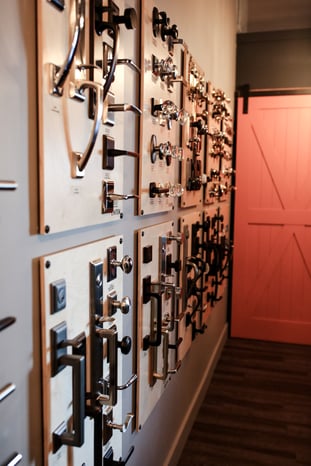Visit us at the Glass House Gallery located in the Indiana Design Center - Carmel, In

 You’ve taken your measurements. You’ve visited the Franklin Window and Door showroom for design consultations. You’ve selected your door. Ah… what a feeling of accomplishment. Your project is well under way! But wait… don’t forget the door hardware. Most people consider this an afterthought, but your “door jewelry” is important when it comes to the form and function of your exterior door.
You’ve taken your measurements. You’ve visited the Franklin Window and Door showroom for design consultations. You’ve selected your door. Ah… what a feeling of accomplishment. Your project is well under way! But wait… don’t forget the door hardware. Most people consider this an afterthought, but your “door jewelry” is important when it comes to the form and function of your exterior door. 
These Stories on exterior doors
200 S Rangeline Rd.
Suite 117
Carmel, Indiana 46032
Monday – Friday:
9am – 5pm
Evenings & Weekends:
By Appointment
Copyright © 2024 Franklin Window & Door. All Rights Reserved.
No Comments Yet
Let us know what you think